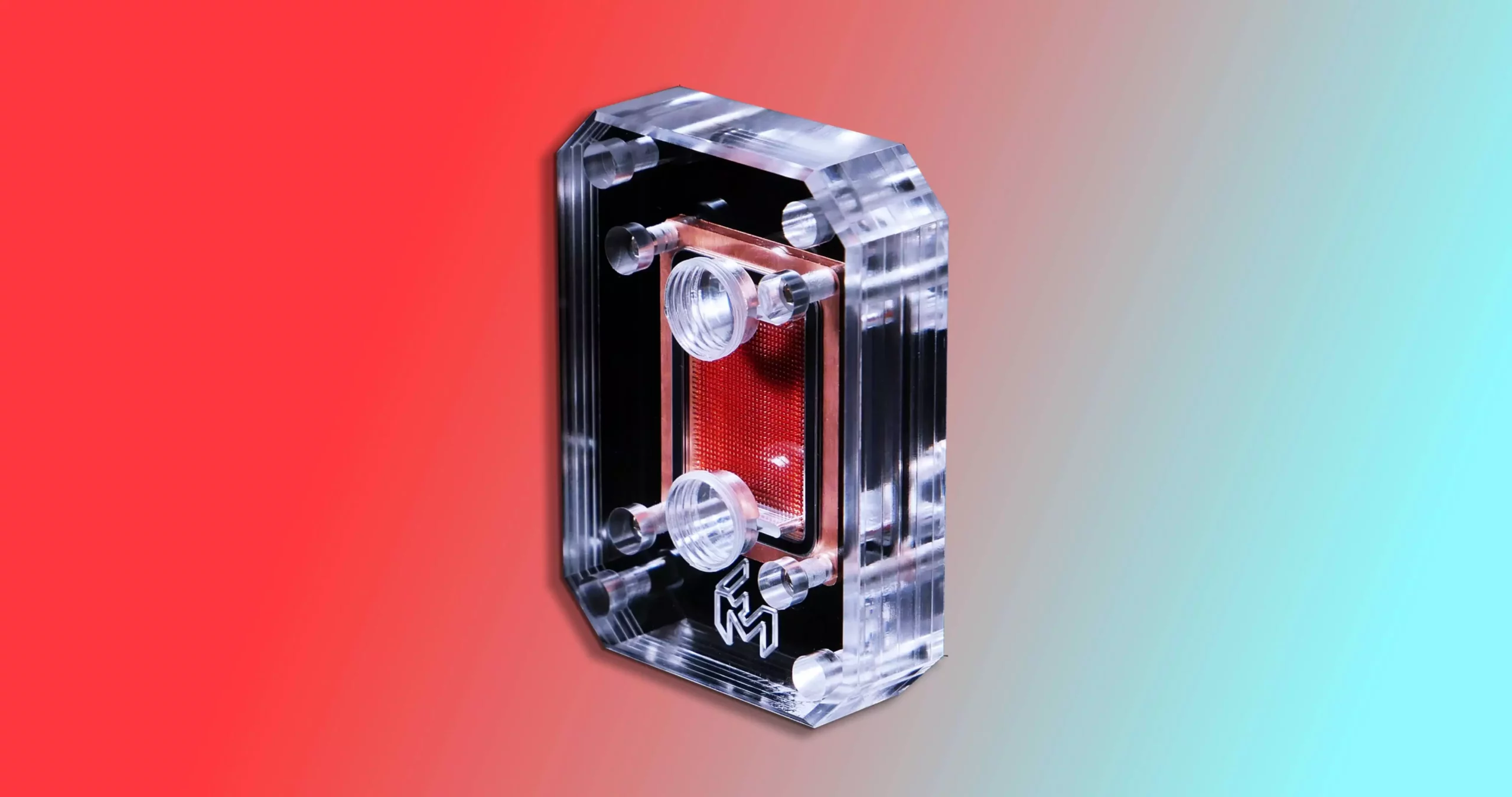In the rapidly evolving world of electronics, efficient cooling solutions have become an essential component of hardware design. It’s a straightforward equation: enhanced performance generates more heat, necessitating advanced cooling methods to maintain optimal functioning. Georgia Tech’s innovative research has given rise to a new player in this arena—EmCool. This startup, leveraging groundbreaking technology developed by Dr. Daniel Lorenzini, is set to transform how we think about heat dissipation in high-performance computing.
The Ingenious Mechanism Behind EmCool’s Technology
EmCool’s core innovation lies in its use of microfluidic channels and micro-pin fins to enhance heat dissipation. Initially, it might be easy to assume these micro-pin fins interact directly with the chips they’re cooling. However, the reality is even more fascinating. The fins are embedded within a specialized waterblock, functioning somewhat like a flattened heatpipe. This design dramatically amplifies the surface area available for heat transfer, channeling heated liquid through the fins, allowing for improved performance and efficiency.
This method embodies a crucial tenet of thermal management: maximizing the surface area not only optimizes heat transfer but also ensures that high-performance components can operate at their peak without the detrimental effects of overheating. EmCool demonstrates that sometimes, innovation is not about creating an entirely new paradigm but enhancing existing designs to yield substantial performance gains.
The Challenges of Direct-Die Contact and Liquid Metal Solutions
While the concept of direct-die contact can be alluring for enthusiasts seeking peak thermal performance, it comes with its set of complexities. EmCool requires the use of liquid metal for optimal results—a process that may intimidate average CPU builders. Delidding a CPU, whereby the integrated heat spreader is removed to directly interface it with the cooler, is not a risk-free endeavor. For casual users, the thought of potentially damaging their investment can be daunting and serves as a barrier to entry.
However, it’s essential to weigh these complexities against the performance gains. With an impressive benchmark showing the Intel Core i9-14900K managing temperatures below 74 °C—compared to the dangerous 100 °C threshold without EmCool’s solutions—the payoff becomes apparent. EmCool not only thrives on innovation but challenges the conventional fears associated with aggressive cooling methods, positioning itself as a brand that redefines the boundaries of performance.
Real-World Performance and Benchmark Results
One of the most compelling elements of EmCool’s offering is the data backing its effectiveness. Benchmark tests from Cinebench R23 showcase a stark difference in performance metrics when using EmCool’s solutions. Without the waterblock attached, the i9-14900K experienced throttling, dropping to frequency rates that could hinder performance. In contrast, with EmCool’s microfluidic technology, the processor could maintain higher speeds without overheating, which has significant implications for gaming and professional workloads.
Such results indicate not just an improvement but a transformation in expectations for what hardware performance can achieve. In a landscape where gamers and developers constantly seek an edge, EmCool’s technology may well become a game-changer, paving the way for higher efficiency in thermal management.
The Future of Electronics Cooling and Beyond
As we advance toward ever more powerful computing, the importance of effective thermal management solutions cannot be overstated. EmCool stands at the forefront, innovating with a keen understanding of fundamental principles of heat dissipation. Their technology illustrates that continuous improvement of existing designs can lead to breakthroughs that enhance performance while simplifying implementation for end-users.
The journey of EmCool from research labs to market-ready solutions embodies the spirit of innovation in technology. The company is not merely selling a product; it is providing a vision for the future of electronics cooling—a vision that embraces the intersection of complexity and simplicity, ensuring that both enthusiasts and everyday users can enjoy the benefits of cutting-edge performance without enduring the pitfalls of traditional cooling methods. Such forward-looking advancements shift the paradigm of hardware design, reaffirming the importance of effective cooling solutions in the electronics landscape.

